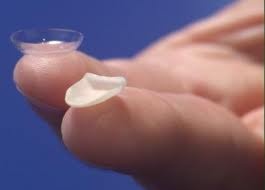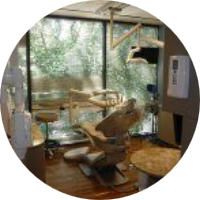 When it comes to dental cosmetic procedures, dental veneers are just some of the dental treatments which dentists rely on to improve the aesthetics of your smile. Veneers in Atlanta are restorations which are attached or bonded to the front surface of your teeth. But just like with any other dental procedure, there are different types of dental veneers which you can choose from. Enumerated below are the three types of dental veneers, their characteristics as well as their pros and cons.
When it comes to dental cosmetic procedures, dental veneers are just some of the dental treatments which dentists rely on to improve the aesthetics of your smile. Veneers in Atlanta are restorations which are attached or bonded to the front surface of your teeth. But just like with any other dental procedure, there are different types of dental veneers which you can choose from. Enumerated below are the three types of dental veneers, their characteristics as well as their pros and cons.
Direct Veneers
This type of dental veneers is called “direct” for one reason, the composite resin material is attached on the surface of the tooth and then molded right into place, different from indirect veneers which are first fabricated first before being bonded to the tooth. Direct veneers are made with composite resin material which means that compared to porcelain veneers, direct veneers are more vulnerable to chipping. However, the main advantage of direct veneers is that they do not require the extensive preparation of the tooth before the procedure can commence. At the same time, because direct veneers do not require pre-fabrication of the dental restoration, the entire procedure can be done in just one visit to the dentist.
Indirect Veneers
Known as indirect because the restorations must first be fabricated before they can be installed on the tooth. Most of the time, indirect veneers are made of porcelain if not porcelain fused to metal. While porcelain is a wonderful material which looks naturally like teeth, the problem is with the procedure. Parts of the dental enamel layer have to be shaved off so that the veneer could be seamlessly installed instead of sticking out. Because the dental enamel has to be shaved off, this can result in the tooth becoming vulnerable to infections and even to teeth sensitivity. But when the veneer is already attached, you shouldn’t have to worry about any of these things happening. On the flip side, porcelain veneers are known for their durability.
Image Courtesy Pinterest




